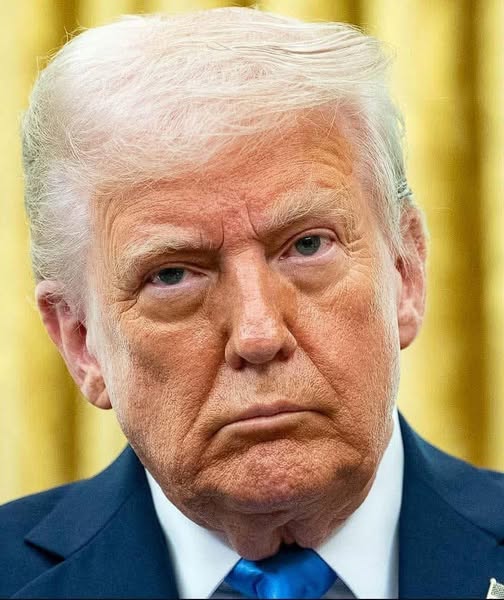Trump big wager on awaited tariffs, a new era for international trade
Former President Donald Trump’s bold decision to impose tariffs on multiple countries has rattled global markets and stirred diplomatic tensions. This decisive measure was far from impulsive; it reflects long-held beliefs that the United States has long been exploited by unfair international trade practices. In a dramatic bid to assert “economic independence,” Trump has now translated these ideas into policy.
As of Friday night, a sweeping 10% tariff now applies to nearly all imports entering the United States, with some nations facing even steeper charges. Chinese goods, for instance, are subjected to tariffs as high as 53%, while imports from the European Union and South Korea face a 20% duty. Trump has portrayed this comprehensive tariff policy as a transformative moment for American industry—a turning point that he insists will herald a new era of prosperity for American workers.
During a Rose Garden ceremony, Trump proclaimed, “We’re standing up for the American worker, and we are finally putting America first.” He acknowledged that critics and globalists would likely oppose the move, but he urged citizens to trust in his leadership and vision. “Remember, every prediction our opponents have made about trade over the past 30 years has proven to be utterly wrong,” he declared. Trump even pinpointed April 2, 2025, as the day “American industry was reborn.”
In his impassioned speech, Trump framed the tariff policy as a long-overdue corrective measure—a necessary response to decades of economic exploitation. “For decades, our country has been looted, pillaged, and plundered by nations near and far, by both allies and adversaries. Our taxpayers have been ripped off for more than 50 years, but that exploitation stops today,” he asserted with fervor.
Nevertheless, critics caution that the economic fallout may be severe. Prominent economists and international experts warn that these tariffs could drive up consumer prices in the U.S. and potentially push the global economy towards a recession. Ken Rogoff, the former chief economist at the International Monetary Fund, offered a grim assessment to the BBC, describing the tariffs as “essentially toppling a nuclear device onto the global trading system.” He estimated that the likelihood of a U.S. recession has now doubled to 50%, a prospect that alarms financial analysts worldwide.
The ramifications of these tariffs are expected to extend well beyond the U.S. borders. Tensions with key allies such as Japan and South Korea are likely to escalate as these countries face unexpected charges on their exports. With tariffs broadly applied, even longstanding trading partners may initiate retaliatory measures, potentially igniting prolonged trade disputes that could reshape the international economic order.
Despite these dire warnings, Trump remains unyielding in his conviction, emphasizing that his decision is part of a broader long-term strategy to restore American economic strength. “In years to come, you will look back and understand that we made the right choice,” he stated, portraying this step as a necessary sacrifice for future national gain.
Whether this aggressive trade agenda will ultimately reinvigorate the American dream or exacerbate global economic instability remains uncertain. What is clear, however, is that Trump’s policy marks a decisive and aggressive new chapter—one that is already reshaping the global economic landscape. As the world braces for the consequences, the debate over trade, economic sovereignty, and the true cost of protectionism has entered a critical phase that may redefine international relations for years to come.






